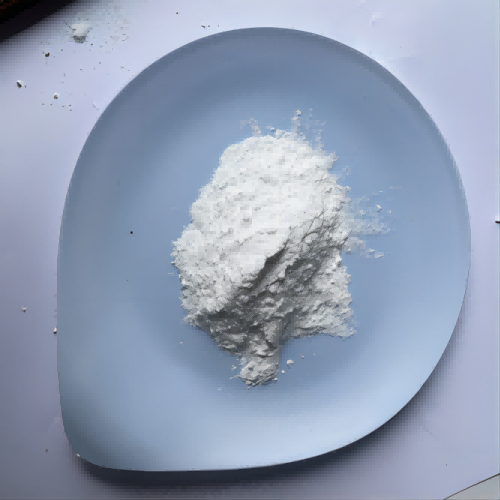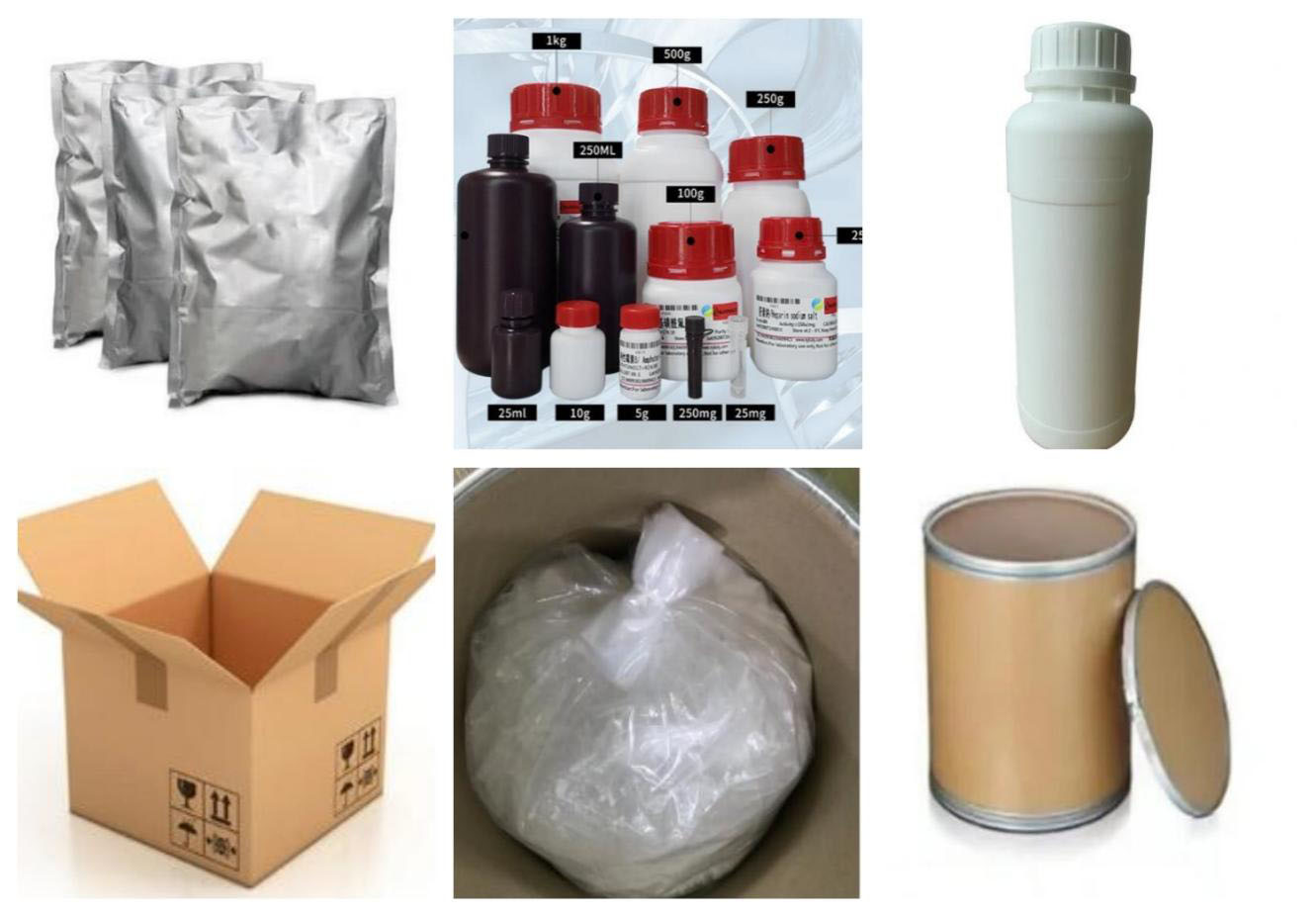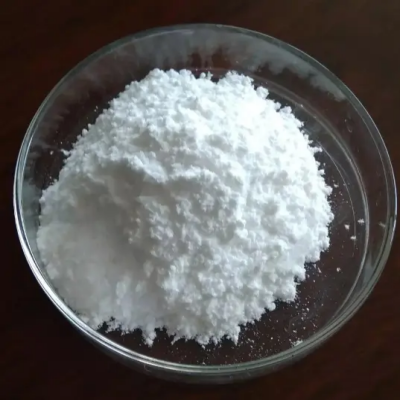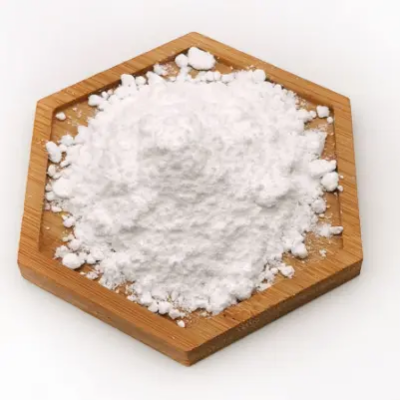FLUORESCEIN MONO-BETA-D- GALACTOPYRANOSIDE CAS:102286-67-9
Fluorescein mono-beta-D-galactopyranoside (FMG) is a molecule commonly used in biological research as a substrate to detect the presence and activity of beta-galactosidase enzyme. FMG is a derivative of the sugar lactose and is conjugated with a fluorescein molecule.
The main effect of FMG is that it is specifically hydrolyzed by beta-galactosidase, an enzyme that breaks down lactose into galactose and glucose. This enzymatic hydrolysis of FMG leads to the release of fluorescein, which emits a strong fluorescence signal.
The primary application of FMG is in detecting and measuring beta-galactosidase activity in various samples. This enzyme is found in many organisms, including bacteria and mammalian cells, and its activity can be indicative of various cellular processes and metabolic pathways.
By using FMG as a substrate, beta-galactosidase activity can be measured by monitoring the fluorescence emitted by liberated fluorescein. This measurement can be done in a variety of experimental setups, including in vitro assays and live cell imaging studies.
Furthermore, FMG can be used as a tool to study the distribution and localization of beta-galactosidase within cells. By using fluorescent microscopy techniques, researchers can visualize the fluorescence emitted by FMG upon hydrolysis, allowing them to track the spatial and temporal activity of beta-galactosidase.


| Composition | C26H22O10 |
| Assay | 99% |
| Appearance | White powder |
| CAS No. | 102286-67-9 |
| Packing | Small and bulk |
| Shelf Life | 2 years |
| Storage | Store in cool and dry area |
| Certification | ISO. |









